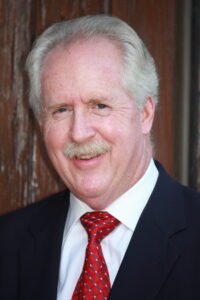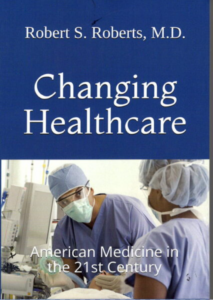
When you bake a cake, it’s good to follow the recipe. But as any good cook knows, there are times when it’s best to modify the recipe in certain situations. If you’re at high altitude you may have to adjust the temperature of the oven or how long you bake. If your family or friends eating the cake have medical conditions like diabetes, or high blood pressure, you may want to reduce the amount of sugar or salt you use. You can’t just blindly follow the recipe in all situations.
But doctors are now being trained to treat patients like following a recipe – one that doesn’t allow for any deviations. It’s called protocol-driven medicine, or evidence-based treatment.
David Mansdoerfer, professor of healthy policy at Pepperdine University, writes in The Epoch Times, “Medical education once trained doctors to think like detectives, piecing together clues from a patient’s story, symptoms, and unique circumstances. It taught them to sit with uncertainty, ask tough questions, and see the person behind the illness. Today, it’s at risk of churning out technicians who follow checklists instead of their instincts. The culprit? A growing obsession with standardized protocols that’s turning medicine into a paint-by-numbers exercise.”
He calls this the quiet corruption of medical education: the slow erosion of the physician as healer. Protocols—those step-by-step guidelines for everything from prescribing antibiotics to managing heart disease—were meant to make care safer and more consistent. They can help, especially in a crisis. But somewhere along the way, they went from being tools to being the boss. A push for standardization, kickstarted by efforts to improve healthcare quality in the late 1990s, has made protocols the backbone of medical practice. Hospitals, insurers, and government agencies now lean on them to measure performance, decide payments, and enforce rules.
Medical schools have followed suit. Instead of teaching students to wrestle with complex cases or challenge assumptions, many curricula now drill them on following algorithms. Students learn to tick boxes for conditions like diabetes or infections but aren’t always encouraged to ask, “Does this make sense for this patient?” The classroom, once a place for debate and discovery, feels more like a training ground for compliance.
Why is this happening?
You might wonder how things got this way. When I was a medical student, fifty years ago, we were taught to think. In fact, we were taught that our medical education was not a four-year experience but a life-long pursuit of medical knowledge; not the mindless use of pre-determined protocols to obviate our need for thinking!
As in most situations like this, the change is much more about money than the pursuit of medical excellence. The author tells us, “Healthcare systems and insurers love protocols because they’re predictable and easy to measure. Payment systems reward doctors for sticking to guidelines, even when bending the rules might better serve a patient. Medical schools, too, are caught in this web. Many rely on funding tied to “quality” metrics, which often mean protocol adherence. Professors, pressed to meet these expectations, teach students to play by the book rather than think outside it.”
Why should we be concerned?
First, it’s eroding the art of medicine. Doctors trained to follow protocols may hesitate to trust their gut when a patient doesn’t fit the mold. A rigid guideline might push antibiotics for an infection that needs a different approach or limit pain relief for someone in agony. Patients stop feeling like individuals and start feeling like data points.
Empathy takes a hit, too. Listening to a patient’s fears or hopes doesn’t fit neatly into a flowchart, so it gets sidelined. Yet we all know a doctor’s compassion can make as much difference as their prescription pad. When medicine becomes mechanical, that human connection fades, and patients notice.
Worst of all, this approach stifles the curiosity that drives medical progress. If doctors are trained to follow protocols without question, who will challenge outdated practices or dream up new treatments? A 2014 editorial in The British Medical Journal warned that rigid guidelines can hold back the kind of creative thinking medicine needs to evolve.
Recipes are useful as a starting point and protocols have their place as a foundation of our medical treatment. But skilled chefs and physicians alike must be able to adapt to the particular needs of their customers to produce the best meals and treatment they deserve. We must be able to think sometimes “outside the box” if we want our treatment to fit the particular needs of the individual we are treating – and to advance our knowledge of medicine beyond today’s understandings.

